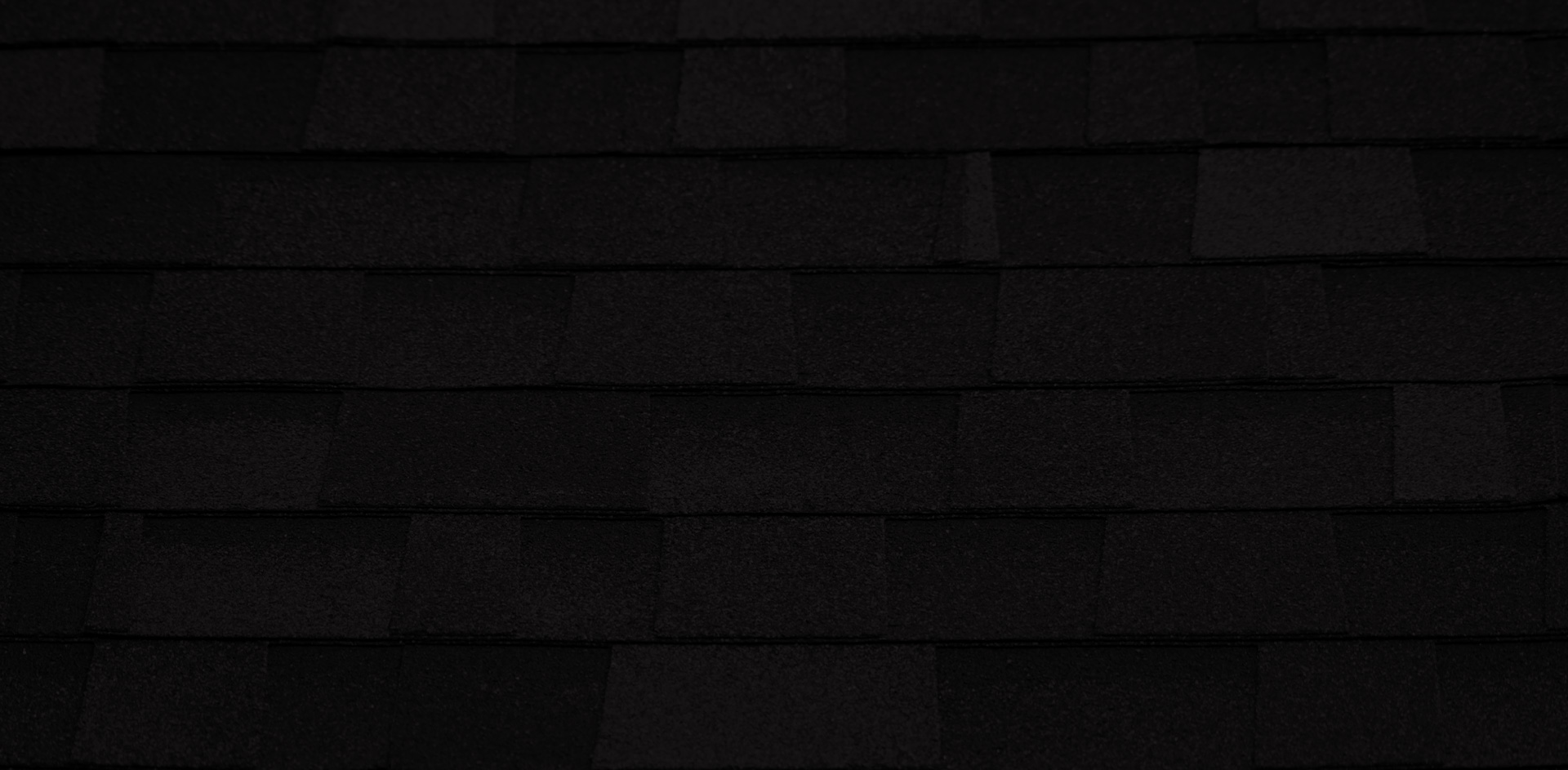Compared to the light from LED bulbs and fluorescent lamps, natural light makes Nevada homes feel cozier. In fact, during the winter, exposure to sunlight prevents people from suffering seasonal affective disorder. And when we’re treated to sunshine, our skin synthesizes vitamin D — a vitamin that keeps our immune system in good shape — from cholesterol.
A great way to let more sunshine into your home is to use solar tubing. Here are a few things you need to know about this incredible lighting solution.
What is solar tubing?
Also referred to as sun tunnels and tubular skylights, solar tubes are polished sheet metal pipes that are installed in the roof and bring sunlight into a house. Each pipe is usually 10” or 14” in diameter and has a highly reflectorized inner surface to maximize sunlight delivery down the shaft. The rooftop end of the pipe features a weather- and impact-resistant acrylic dome cap, while the ceiling end has a flat or dome-shaped cover that diffuses sunlight evenly. Significant features of solar tubing include the following:
Incredible brightness without the heat
At noon on a clear day, one 14” tube can provide up to 6,500 lumens of light, which is as much light as four 100-watt incandescent bulbs or four 12.5-watt LED bulbs. This much light can brightly illuminate a 300-square-foot room. If you're using solar tubing for your living room or study, you may need to move your TV or computer to avoid bothersome glare..
The rooftop cap is prismatic, which means that even when the sun is low, it can capture sunlight and bring it down to the diffuser. Premium solar tubing brands even boast minimal loss of light output on cloudy days.
Note that even when the solar tubing’s light is at its brightest, you won’t feel as warm as you might expect. This is because as the captured sunbeams are drawn from the rooftop cap to the ceiling diffuser, passive solar heat is absorbed and dissipated by the solar tubing’s components.
UV protection
Overexposure to ultraviolet (UV) radiation can cause carpets to become discolored and skin cancers to form. But not to worry — in any given setup, either the acrylic cap or the diffuser provides UV protection.
Ease of installation
Installing solar tubing is easy and can take as short as two hours because tubing installation does not require structural changes to your roof. Moreover, if there are things that keep tubes from going straight down to its designated point on the ceiling, the tubes can be connected at an angle to get around such impediments.
Extensibility
Tubes can be connected with one another to lengthen the sun tunnel as needed, although light output decreases the longer the tubing gets. Maximum tunnel length varies by manufacturer, with some allowing their 14” tubing to be 24 feet long. This allows solar tubing to be installed in the two topmost floors of a multistory house.
Why not install skylights instead?
While skylights are beautiful architectural accents, there are areas on roofs where they cannot be feasibly installed. In such cases, solar tubes serve as a suitable alternative, especially if all you really want is illumination and not a fabulous view of the sky.
Solar tubes are also for homeowners who don’t prefer skylights because:
- They find installation costs to be too expensive.
- Skylights may increase their cooling costs during the summer and heating costs during the winter.
- In time, leaks may form around the edges of the skylight.
- Skylights don’t fit the overall design of their home.
In other words, solar tubing is another option for letting natural light into a house, especially in windowless spaces or places where daylight from windows is insufficient.
Do solar tubes provide energy cost savings?
In a word, yes — but there’s a catch.
As of this writing, the average residential electricity rate in Nevada is 11.83 cents per kilowatt hour, which means that four 12.5-watt LED bulbs running for one hour would cost 0.6 cent. Let’s set this as the equivalent monetary value a 14” solar tube provides in one sunny hour. Nevada enjoys 3,600 hours of sunshine annually, which means $21.60 worth of sun-derived illumination from one solar tube every year.
Surely, having to spend zero dollars is better than having to spend $21.60, but we haven’t taken into account how much solar tubing actually costs. Provided that the average cost for installing one solar tube professionally is $750, you’d need nearly 35 years to break even. Mind you, we arrived at 35 years by supposing that we’re running four $4 12.5-watt LED bulbs for 3,600 sunny hours every year, which in all likelihood is overly excessive.
In short, if any type of lighting will do, installing LED lights is by far the most cost-effective option. However, if what you want is natural light, then solar tubing is an excellent alternative to skylights.
To learn more about solar tubing, talk to our roofing experts at D&D Roofing.

